On December 17th 2010, I did a portrait shoot at a Xmas party, where I set up my studio in a large room in a restaurant here in Tokyo, and ended up shooting nine groups of people. Today I’m going to take you through the idea behind all of this, and some of the logistics, and then next week in Part 2 we’ll take a look at some of the resulting images along with a few tips that might help you in similar circumstances.
Firstly, in the spirit of keeping you fully informed in the background of what I’m up to, the company that allowed me to do this portrait shoot is the company that I left in September last year. It’s my old day-job employer, which felt a little bit strange in some ways, but it was also great to see many of my old colleagues again.
So, as we will see, this is actually a pretty good model for a portrait shoot, but I can’t take credit for the original idea, as my old employer contacted me to do this. At first, I was concerned that my old colleagues would think that I hadn’t fully cut the cord, and I discussed the opportunity with the people in charge at length before agreeing to do it. I am so pleased that I did agree to do it though, as we had a lot of fun, and it turned out to be quite a well-paid gig in the end.
The plan was that I would set up my studio in a space in the corner of a restaurant that they were chartering for the entire evening, for their Christmas party. I would then charge people a minimal fee for a 10 to 15 minute portrait shoot. The cost varied depending on the number of people in the group, and I also added an option for them to pay a little extra and get an A4 sized Hahnemühle Fine Art Baryta print of their favorite resulting image, and I would put that into a matte board. I also provided a price list for additional prints that people can order, and I did receive a few orders from that too, increasing the overall profitability of the evening.
This was quite a big job, and just setting up the studio was going to take some time, so I asked a friend of mine from the MBP community Jesse Davis, to come along as an assistant. Jesse had actually asked me to let him know when he could be of help, and he sure was, so it was great to have him on board. I’d also like to let you know that some of the behind the scenes photographs that we’ll use in today’s Podcast were shot by Jesse, so thanks not only for helping during the shoot, but also for helping to document it for us Jesse. I really appreciate it.
The Studio Setup
Let’s start by taking a look at the studio itself. I threw a quick diagram together on a great new web site, just for creating studio diagrams, called sylights.com. I created a short link to my diagram which is https://mbp.ac/studio if you want to take a look, but you are also able to export the diagrams as PNG files, so I’ve done that, and embedded the diagram into the Enhanced Podcast and my blog, so you can take a look there too.
I used two Canon 580EX Speedlites, and two Profoto D1 500 Air Monolights for most of the shoots, though there was one large group shot towards the end for which we had to use a third Speedlite to pop some light into a dark area of the shot, simply because of the large number of subjects. The standard setup though, as you can see in the diagram was two Canon Speedlites firing into a reflective 45″ umbrellas pointing across the white backdrop, to keep that nice and bright, and to stop the background from doing dark.
In the front right, I had one of my Profoto Monolights firing into a 60″ shoot through umbrella, that would act as the main or key light. Then I had the second Profoto Monolight firing into a Bruce Dorn 18×42″ softbox from Westcott as the Kicker or hair-light.
I don’t think I’ve spoken about these Profoto lights yet, so I’ll just give you a bit of background on why I chose them. I initially wanted to get a set of Pocket Wizards, but unfortunately they use a radio wavelength that does not conform to Japanese radio regulations, so I can’t use them here. Pocket Wizard did create a Japan compliant version of one of their older generation units, but they had to cripple them so badly to comply that they weren’t much more use than a long sync cord.
So, I started to look into other options. I was looking on and off for quite some time actually, but finally came across the Profoto system. The Profoto D1 Air Monolights have Profoto Air wireless functionality built in, which means that I can fire them wirelessly using a Profoto Air Remote unit plugged into the hotshoe on my camera, for a range of up to 300m. The Air Remote also allows me to turn the Monolights on or off, increase or decrease the power, turn on the modeling lights and change the modeling light power too, among other things.
The other important factor for me was that I can also use the Profoto Air Sync units to fire my Canon 580EX II Speedlites. They can’t be controlled like the Profoto Monolights, and you have to shoot in full manual mode, but that’s the way I like to work anyway, so that certainly isn’t a deal clincher for me. You can also plug the Air Sync units into the camera’s sync cord, and use them as a remote switch to fire the camera at up to 300m too, which I’m sure will come in handy at some point.
By the way, here’s a photo of the Pelican Case that I customized to fit my three Profoto Air Sync and two Profoto Air Remote units. I also pinched out a space to put two full sets of Eneloop rechargeable batteries in and the sync cords that I need to connect the Air Sync units to my Canon Speedlites.
I bought the two Profoto D1 Monolights as a kit that came with a case, two light stands and two 45 inch umbrellas, and one Air Remote that you use to control and fire the Monolights. If you are thinking of buying into the Profoto system this kit is certainly the way to go. It costs around twice as much to buy all of the individual components separately, and it’s even cheaper to buy this kit than just one standalone D1 500 Monolight here in Japan. I’ll put links to B&H in the show-notes if you are interested, and they are also affiliate links, so you’d be helping to support me and the Podcast if you buy using these links.
One last thing to note is that there are 1000W/S, 500W/S and 250W/S versions of these heads, and I went with the 500W/S as I thought at just over $2,300 they were a good balance between the cost and power. So far I’ve been very happy with them. They are incredibly powerful, and can keep up with a pretty fast pace shooting.
Obviously my Speedlites don’t recharge as fast, even with external power-packs attached, so there were a number of shots where the background fell dark, or just one Speedlite fired, which results in some nasty shadows caused by the creases in the backdrop, as you can see in this image. This helps to show the importance of lighting the background as well. If I was to not light the background at all by the way, it goes very dark, so you can actually use a white background as a grey one, if you have enough distance between the subject and the background.
Also note that we had a large reflector in front of the setup, bouncing some of the light from the Key light back at the subjects, so kill any harsh shadows under their chins etc. You can see the main elements of the setup in this photo of me messing around in the set. You’ll also note that I’m wearing my OneLight Workshop t-shirt, so I have to publically apologize to Zach Arias here for using up to five lights on this shoot. I haven’t actually attended this workshop, but I did buy the OneLight Workshop DVD, which I can’t recommend highly enough. I was pleasantly surprised to see that they pack the DVD with the T-Shirt, and I have hardly been able to take it off since it arrived.
Anyway, the reflector is one of two reflectors that come in the Westcott Illuminator Collapsible Reflector 4-in-1 reflector kit. These are 52″ Square reflectors, one being silver on one side and gold on the other, and the second that we see in this photo is basically a 52″ diffuser, but if you position it like this, it reflects enough light to be a normal white reflector, hence the 4-in-1 name.
So, I spoke about why I positioned the two speedlites in the back there to light up the backdrop, but let’s talk a little about the positioning of the two Profoto Monolights here too. The main or Key light that we see to the right in this photo is to throw a nice soft light across the face of the subjects. I use the 60″ umbrella here and get it nice and close to the subjects to get a very soft wrap-around light. If you aren’t into this sort of photography it’s kind of counter intuitive but basically the closer to you place your light source to your subject, the softer the light gets. Of course, it does also get brighter as you move it closer, but you manage that with the power of your lights and the aperture that you shoot at. The shutter speed only controls the exposure of the ambient light with flash photography.
I would like a large softbox or and octobox to use instead of this 60″ umbrella sometimes, but they are quite expensive, and I really need to make a bit more money from my current setup before I pull the trigger on that purchase. Plus, as I hope you’ll agree when we take a look at the resulting images next week, this setup does produce quite nice results.
I generally set my Key light about a stop brighter than the Kicker light, which is the strip softbox that you can see to the left in this shot. You can go lower, and play with the balance of these lights of course, depending on the look you are trying to get. If you want a more dramatic look you can move the lights further away and maybe also turn up the power, or take the difference between the light’s power further away from each other etc. For this kind of shoot though, I was looking for nice light, but somewhat orthodox.
Shooting Tethered
As you can also see in the photo of me in the set, I had a cable running from the camera to a laptop, as I was actually shooting tethered, with the images going directly into Lightroom. This had its advantages, but it there were some critical issues that I still need to work out.
The advantages are that you can create a preset, including a profile created with the X-Rite ColorChecker Passport, and then apply that preset as you import the images, so you know you have color correct images right there on the laptop as they come in.
Another thing I did was create a 20×30″ gallery wrap that was just plain canvas, with nothing printed on it, and I projected the screen of the laptop to that as a screen, to allow the subjects to see their images as they came in. Now, this was great for the adults, because they were able to see how well the shoot was going, and get a feel for what we were doing. The downside that I hadn’t expected was that the kids would become fixated on the screen, and I couldn’t get them to look at the camera. To stop this, I actually had to turn the projector off while shooting groups with children, and then only turn it on when I wanted to show them the photos. Overall I thought the advantages outweighed the disadvantages, so I’ll continue to do this, but there was a lesson learned here.
Major Problems with Tethering
There were a few major issues with tethering though, that made me think twice about doing this again, at least until I’ve had a chance to retest and overcome this issue. The first problem was self-induced, though a problem all the same. While shooting the last group, I stood on the USB cable pulling it out of the camera. After I plugged it back in again, I had to restart Lightroom because it had frozen on the last image that was transferred, but then from that point on, for around thirty frames, the Monolights didn’t fire. I of course was looking through the viewfinder, so I can’t see if they are firing or not, and I only realized when I chimped at the LCD. Some of the best expressions on the family I was shooting last were lost, which gutted me, but it really drove home the need to listen out for those audible beeps that the monolights give out when they are ready to fire. I don’t recall if they were beeping or not, but I’m sure they weren’t, so I really need to train myself to listen for this while shooting in a studio setup.
The second problem though is a total showstopper until I can figure out what happened. While trying to salvage some of the images that I shot just before I pulled the USB cable out of the camera, I imported the images from the CF card that was in the camera into Lightroom. There were a few frames that I was able to pull from the card, but as I went through the images, I realized that some photos that I remember shooting were missing. This got me curious of course, so I compared the two sets of imported files and it turns out there were 105 images from throughout the evening that simply did not make it to the camera’s CF card. They only existed on the laptop’s hard drive. It happened so often throughout the evening that I’m pretty sure it will be reproducible once I get time to test it, but it’s very disturbing to think that the two batches of images didn’t match. I did find that there are some cameras that don’t support writing to both Lightroom and the CF card, but I shot most of the evening with the 1Ds Mark III by the way, with the 5D Mark II as a second body and both of these should write to both.
Anyway, that’s just something to watch out for yourself if you shoot tethered, and I’ll be sure to report back if I find the reason for this happening. Luckily though, apart from the images that were too dark because the Monolights hadn’t fired after I pulled the USB cable out, all of the other images from the shoot were on my laptop, so all was not lost.
So, let’s finish here for today, but remember, in part two next week we’ll talk about how the actual portrait shoots themselves went and take a look at a photo or two from each session, as well as touching on a few of the techniques used that were specific to some of the sessions.
Podcast show-notes:
Studio Diagram on Sylights.com: https://mbp.ac/studio
Product Links:
Profoto D1 Air 500 W/S 2 Monolight Studio Kit
Profoto Air Remote Transceiver
Westcott Illuminator Collapsible 52″ Reflector 4-in-1
Music created and produced by UniqueTracks.
Audio
Download the Enhanced Podcast M4A files directly.

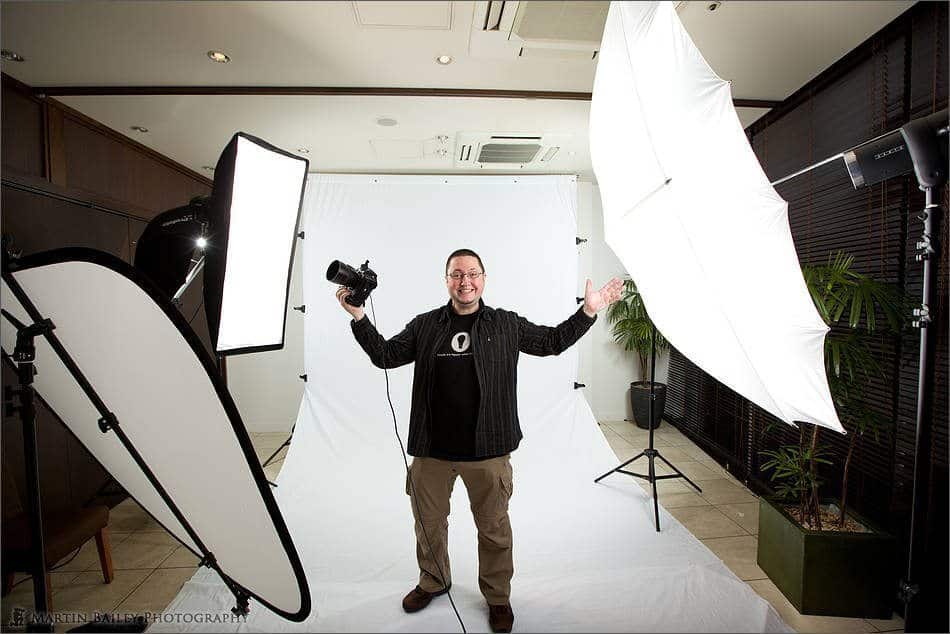
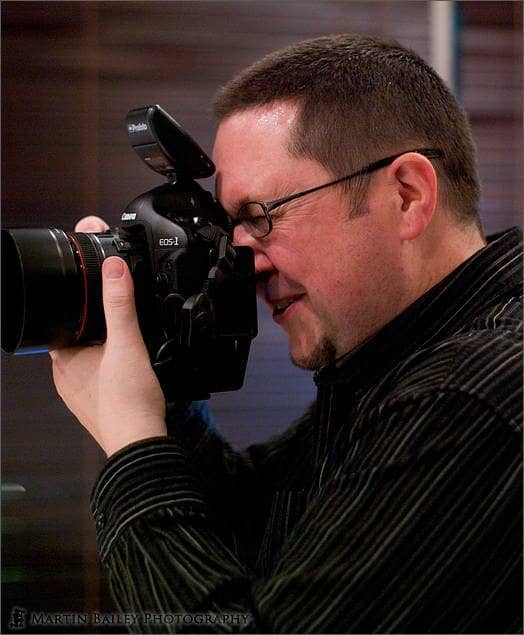
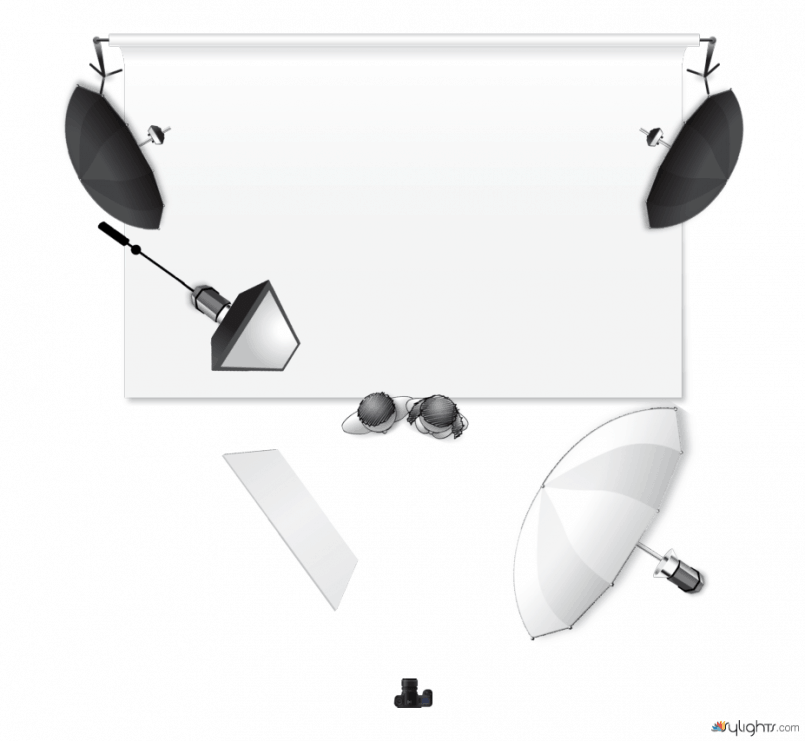
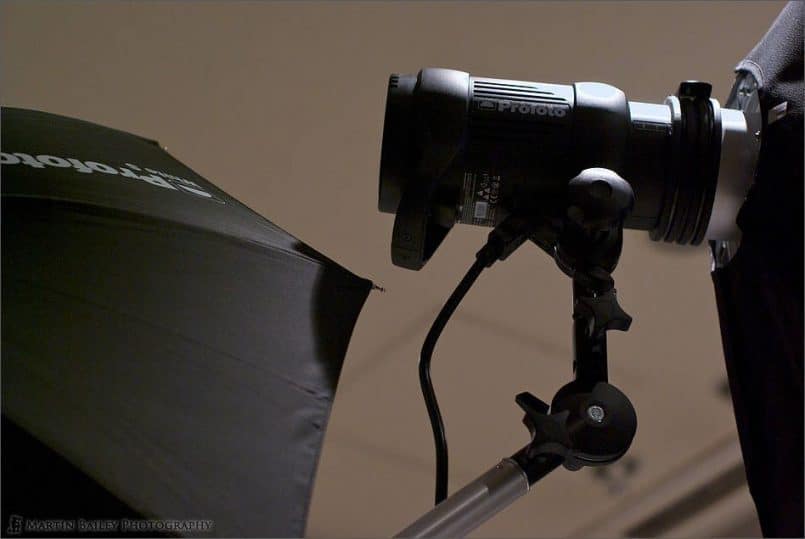
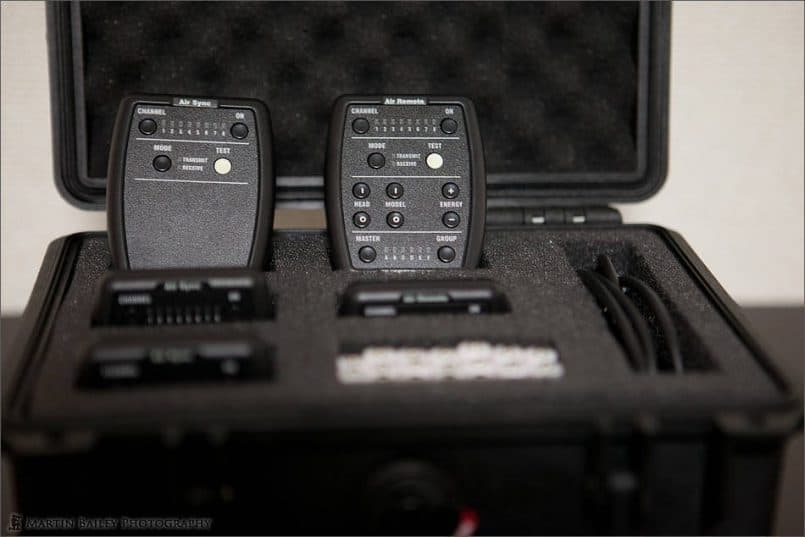
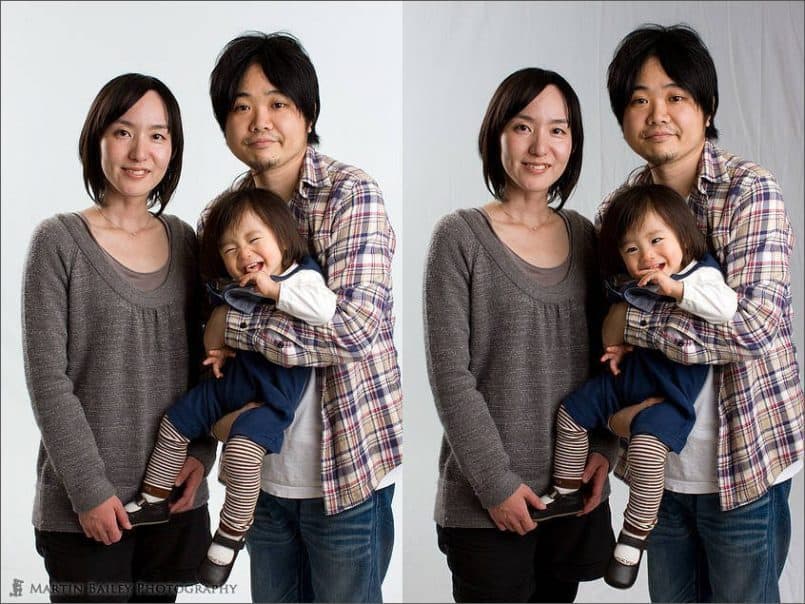
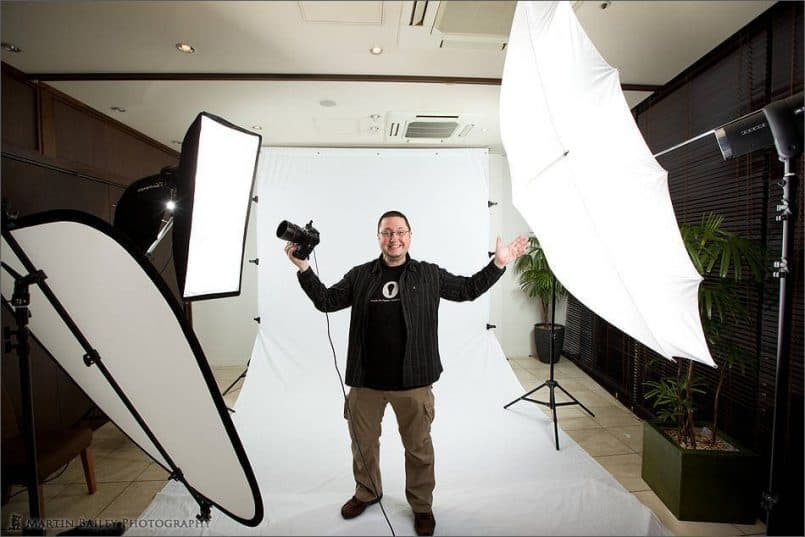
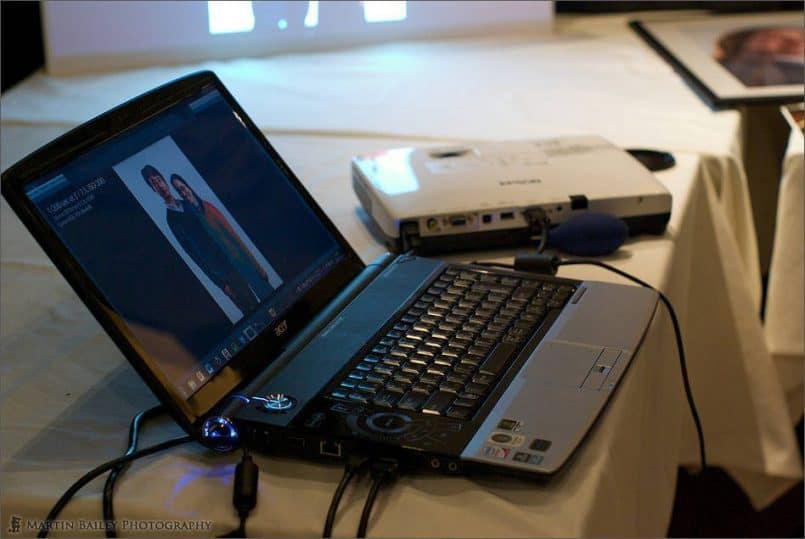

Hello,
Ihave profoto 500 d1 air kit and 1 canon 580 EX 2 flash. I would like to trigger the profoto strobes and my canon flash like you did with my profoto air remote. How did you do that? since they are no wires used and the light senses should trigger all flashes.
Thank you
Wil